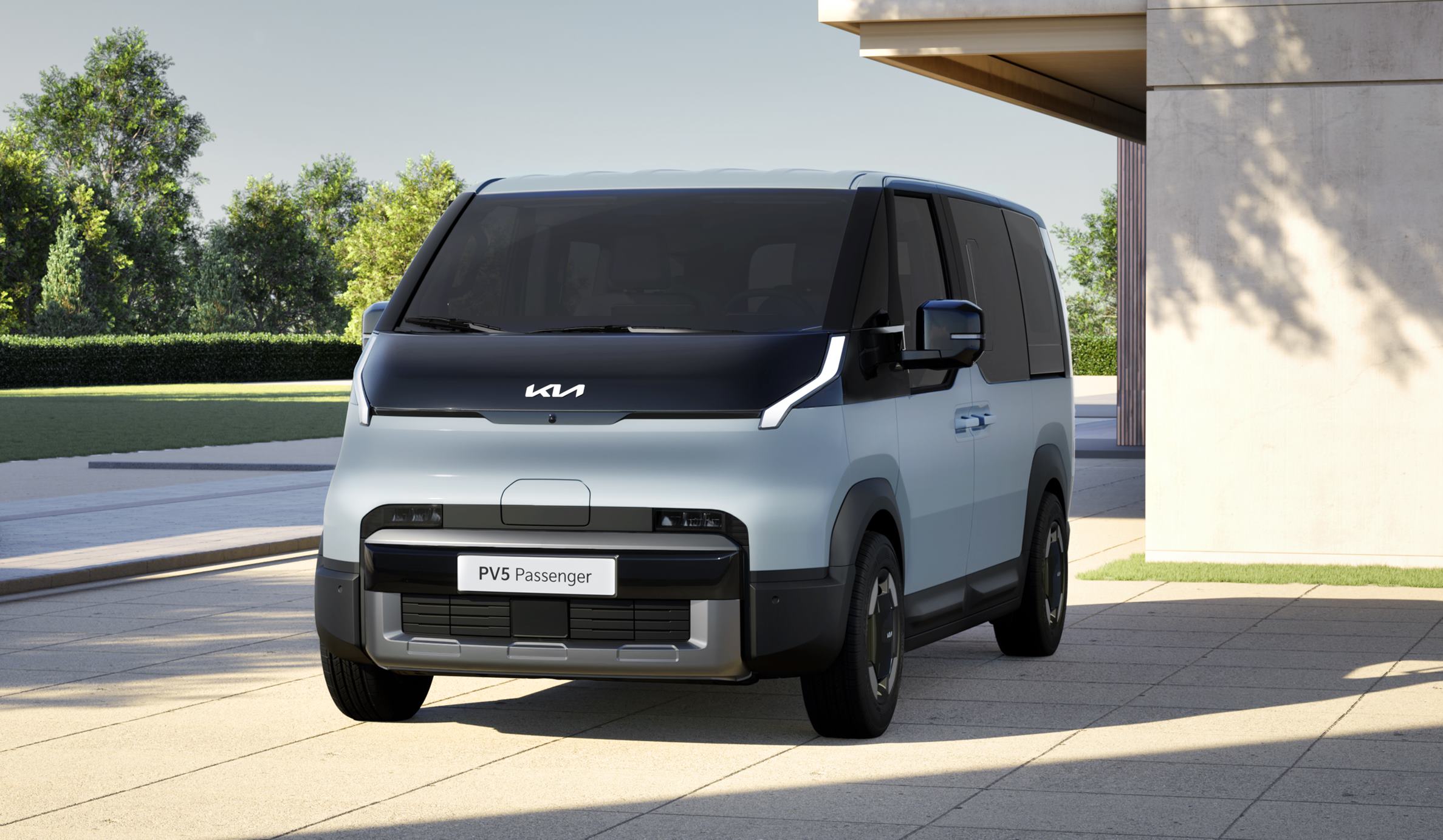While most manufacturers have been focussed on developing fully electric passenger vehicles, Kia Corporation has also given similar attention to commercial vehicles. Its Platform Beyond Vehicle (PBV) technology aims to provide sustainable mobility solutions for this sector that transcend traditional commercial vehicles.
The first model which has been developed with this concept and its next-generation technologies is the PV5, now moving into mass production. Kia developed the PV5 through a PBV-exclusive process that actively integrated customer input from the ground up. Going beyond traditional customer research, Kia directly collaborated with global business clients in shaping both the hardware and software of the vehicle.

Various partners contributed hands-on feedback based on real-world business needs across mobility, logistics, delivery and utilities. These suggestions directly shaped key features — eg, the removal of the front passenger seat to expand cargo space; use of stain-resistant materials; and a ‘walk-through’ option on High-Roof versions that allows occupants to move between the cabin and cargo area without exiting the vehicle.
Kia also worked closely with mobility-impaired users to develop the PV5 WAV (Wheelchair Accessible Vehicle), featuring a gentle-sloped side-entry ramp, universal securing systems and a spacious low floor — addressing accessibility needs often overlooked in the segment.

“The Kia PV5 is more than a vehicle – it’s the starting point of an entirely new, revolutionary, flexible mobility ecosystem shaped by real customer input from day one,” said Seokha Ju, Vice-President and Head of MSV Project Group 3 at R&D Division. “Our dedicated PBV platform and conversion ecosystem prove that Kia’s PBVs can adapt to almost any need — redefining how people and businesses move.”

Modular platform technology
At the heart of the PV5 is Hyundai Motor Group’s first dedicated PBV platform — the Electric-Global Modular Platform for Service (E-GMP.S). Building on the Group’s proven E-GMP EV technology, E-GMP.S features an Integrated Modular Architecture (IMA) that standardizes complex systems — including batteries, motors, suspension and underbody structures — to simplify development. By increasing the commonality of strategic modules, IMA supports horizontal deployment across vehicle segments, significantly reducing development time.

To maximize interior space, key Power Electric (PE) system components are optimally arranged within the ‘PE room’, with the driver’s seat also positioned further forward than in a typical MPV. A low floor is made possible by adopting a suspension layout optimized for this architecture, while a multi-skeletal crash structure combined with ultra-high-tensile steel elements provides exemplary protection for occupants, cargo and critical components.
Battery safety is further enhanced through a reinforced front subframe, elevated ground clearance for improved protection across varied driving conditions and wider buffer zones between the battery pack and the vehicle body to protect against physical impacts.

Kia also designed E-GMP.S with serviceability in mind: modular brackets simplify maintenance, lowering the total cost of ownership for fleet operators. The dedicated PBV software ecosystem — including a fleet management system and Android Automotive-based infotainment — enables business customers to manage, monitor and update their vehicles in real time.

To reduce total cost of ownership across the entire vehicle lifecycle, Kia optimized parts sharing and tailored its battery and motor systems for specific use cases, enhancing overall cost competitiveness.
The PV5 is available with a choice of 3 battery configurations: a 43.3 kWh LFP pack, a 51.5 kWh NCM pack and a 71.2 kWh NCM pack — all paired with a 120 kW electric motor producing 250 Nm of torque.

Flexible Body System
Kia’s Flexible Body System is a groundbreaking new design and production approach introduced for the first time on the PV5. Inspired by a building-block-style assembly, this PBV-specialized technology modularizes major components such as body structures, doors, tailgates, and both exterior and interior panels. This enables the flexible development and production of diverse vehicle configurations, while enhancing both design versatility and manufacturing efficiency.
The front cabin and first-row structure are standardized across all PV5 variants, while rear-end modules, quarter glass, and roof height can be flexibly swapped like puzzle pieces. This allows Kia to configure up to 16 different PV5 variants using just a handful of modular assemblies.

Initially, there are 7 base configurations to match different user requirements. Configurations allow for cargo or passenger-carrying functions. For example, the long-body base for cargo transport can easily be converted into a passenger model by swapping the quarter glass and tailgate models — demonstrating the system’s efficiency and cross-compatibility.
Even the exterior styling has been engineered for efficiency. Two types of stamped steel panels are used, depending on the second row sliding door and quarter glass configurations. Both panel types are shared across multiple variants, streamlining production while still offering distinctive design.

Conversion-ready by design
Beyond its base models, the PV5 was designed from the start to enable easy conversions. The new PBV Conversion Centre, launching at the time of production, will offer factory-quality conversions built to the same durability and safety standards as Kia’s core line-up.
Donor models are pre-prepped with non-essential components removed — such as seats and trim — and come equipped with power supply points, PBV-specific control units and infotainment compatibility. This simplifies integration for conversion partners.
More variants to come
Mass production of the first PV5 Passenger and Cargo Long models begins this month, with additional variants to follow sequentially. The PBV range will be expanded with the PV7 joining in 2027 and the PV9 arriving in 2029 — offering larger models to meet a broader range of business and lifestyle needs.



